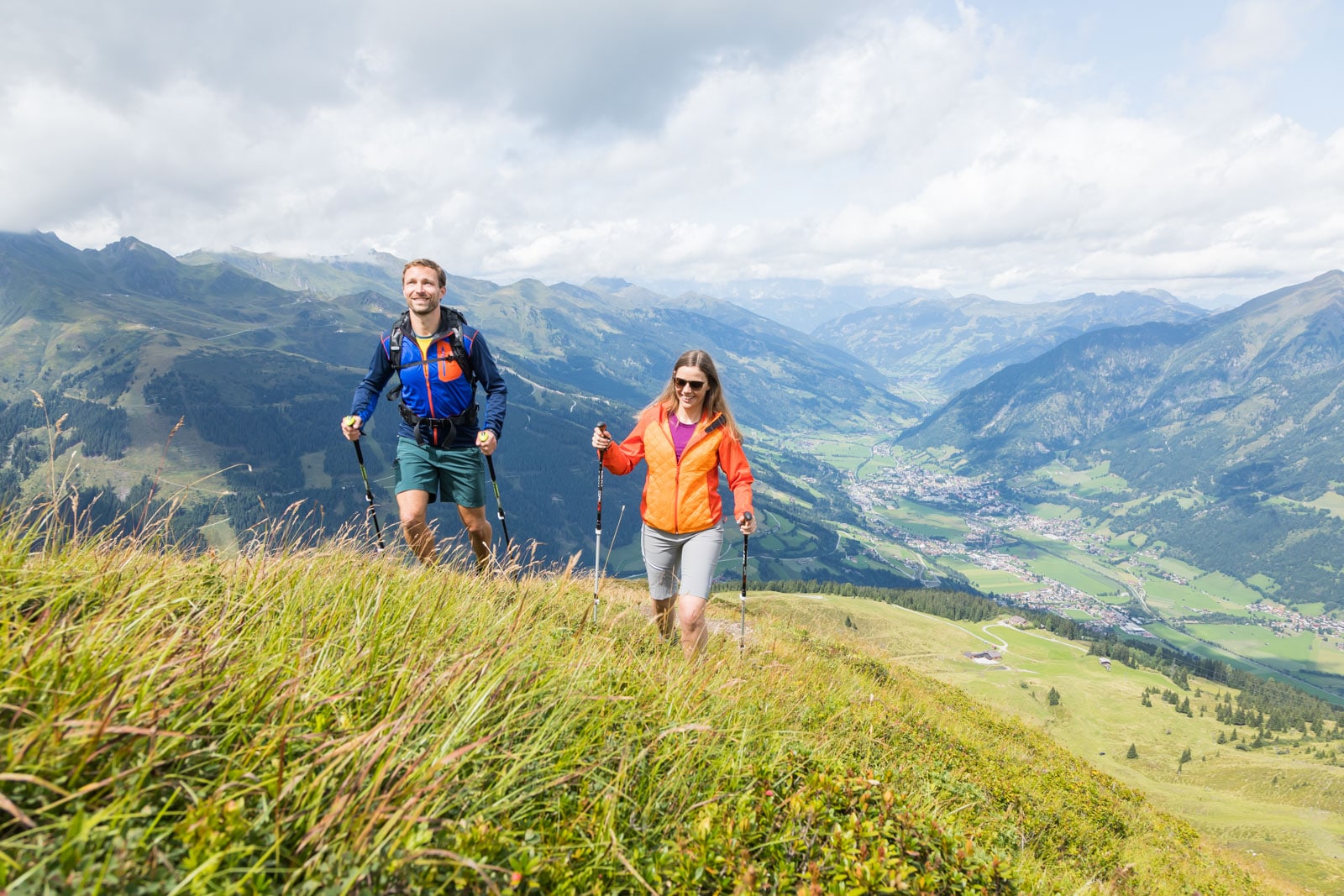Curtain up for a great backdrop: on the horizon the three-thousand-metre peaks of the Hohe Tauern, on the valley floor the roaring Ache and in between slopes that invite you to hike in summer and snow sports in winter. With a view of the country, there is a unique landscape, spa houses and hotels – it is not surprising that Stefan Zweig, Thomas Mann and William Somerset Maugham have already spent their days off in the Gastein Valley.
The valley of the white foaming Gasteiner Ache is rooted in the glaciated main ridge of the Hohe Tauern. The Gastein Valley stretches over 40 kilometres in two stages through the wildly romantic Gastein Gorge from the Salzach Valley in a southerly direction to the Hohe Tauern.
The village of Bad Gastein is located on a rocky ridge – there are densely packed, built in a unique construction directly on the rock, the houses and hotels of the traditional wellness destination.
In addition to the world-famous Bad Gastein spa, the Gastein Valley is also home to the modern Bad Hofgastein – just the right place if you are looking for relaxation – as well as the rustic, cosy village of Dorfgastein: The village impresses mountain lovers and families alike with its beautiful hiking trails. At the end of the valley, the enchanting village of Böckstein with the world-famous Gastein Healing Gallery and Sportgastein with the Hohe Tauern National Park beckon.
As you can see, each place has its own identity and inspires tourists with its very own advantages. From winter sports in the cold months to forest bathing in summer: the Gastein Valley offers a lot of variety for a holiday as a couple, with friends or with the whole family.
Dorfgastein – the pretty village at the beginning of the valley
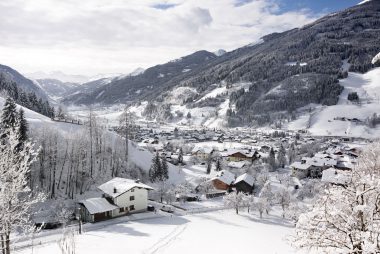
Welcome to the place that is popular for quiet summer retreats as well as for winter sports. Dorfgastein has retained its quiet, romantic character and scores with its ideal location: mountain railways, hotels and numerous hiking trails are in the immediate vicinity. Also worth seeing is the parish church from the 14th century, which was later partially redesigned in the Baroque style. A visit to the Solarbad, the Dorfgastein swimming pool, which was built in the sunniest part of the valley, is also popular. From April to September, the largest cave in the Salzburg Alps (2,500 metres long) can also be visited during a 50-minute guided tour.
Bad Hofgastein – the village at the widest point of the valley
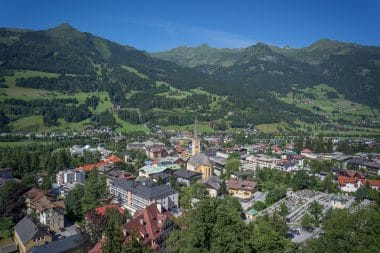
Arrival Bad Hofgastein: In the 16th century, the town was the richest place in the country after Salzburg due to gold mining.
Today, Bad Hofgastein is a lively, modern holiday resort that has retained its special charm over the years. The great adventure lures you to the Gastein bathing paradise. On an extensive 32,000 square metres in Bad Hofgastein, there is a Sauna World, a Relaxworld, a Ladies World and a large Family World in the Alpentherme, as well as countless opportunities to enjoy the water of the world-famous Gastein thermal springs. In addition, the traditional spa is a popular destination for many health-conscious travellers.
For active holidays, an ascent with the “Schlossalmbahn” mountain railway is a good idea: The valley station is located directly in the village and takes hikers and mountain explorers to over 2,000 metres in just a few minutes. In winter part of the Schlossalm-Angertal-Stubnerkogel ski area and in summer one of 4 adventure mountains for climbing, hiking and discovering rock creatures!
Here, too, in the largest village in the Gastein Valley, the typical nostalgic Gastein charm beckons: coffee is still served in a pot; there is black bread with homemade spreads – olive-green walls and dark wood punctuate the fireplace room. Let yourself be enchanted by it…
Bad Gastein – from Wildbad to Weltbad

Stubnerkogel (2,246 metres) and Graukogel (2,492 metres) are the two peaks that frame the famous spa town. Many a visitor will notice that Bad Gastein was built on a site that is atypical for a place. The houses are grouped around and on a rock bar at the narrowest point of the valley. The reason for this is simple: at the time of the rediscovery of the springs, it was not possible to transport the hot water over a longer distance. For better or worse, the spa houses were built where the water gushed directly from the rock.
Although the world-famous physicist Marie Curie was only able to detect radon in the water at the beginning of the 20th century, the news of the healing power of the 18 radon-containing thermal springs of Bad Gastein spread as early as the Middle Ages. The spa town can therefore proudly look back on a long tradition of health travel.
However, the breakthrough to the world spa only came with a visit to the Viennese court, above all Emperor Franz Josef and Empress Elisabeth (Sissi). Hotel names such as “Elisabethpark” and “Kaiserhof” are still reminiscent of this time, when Bad Gastein was a popular meeting place for artistic and political celebrities. For more than 20 summers, the German Emperor Wilhelm I travelled over 8000 kilometres to take a cure in the baths of Bad Gastein. Almost his entire court followed him – even Reich Chancellor Bismarck fell for Gastein’s charm – as did Franz Schubert, Thomas Mann, Arthur Schopenhauer and, last but not least, Gustav Klimt. Bad Gastein is characterised by a magnificent high mountain panorama and a unique healing climate. The radon treatments are used in bathing and drinking cures against nervous disorders, gout, rheumatism, signs of aging and circulatory disorders. Among the numerous spa facilities is the thermal rock bath, which has been blasted into the rock in a unique way.
Tip: A change from the imperial flair is offered by “Flying Waters” – a zipline that leads over the famous Gastein waterfall. It is also popular to stop at the power plant café and take a break directly at the waterfall. Or how about a visit to the Gastein Museum?
Böckstein – at the end of the Gastein Valley
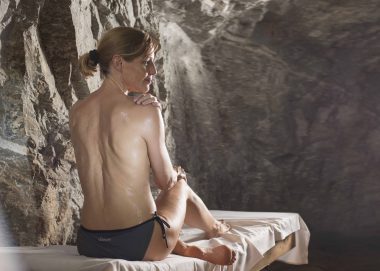
The ancient village called Böckstein forms a beautiful end to the valley. Located on the top step of the valley, the pilgrimage church “Our Lady of Good Counsel” deserves special attention. Not far away rises the Radhausberg, where gold mining has been carried out since time immemorial. In 1940, the substructure tunnel was expanded into a healing gallery – for recumbent cures in warm, humid and radon-containing air.
Did you know that the famous Gastein Healing Gallery is the world’s largest therapy centre for ankylosing spondylitis?
In love with art – culture is in the air
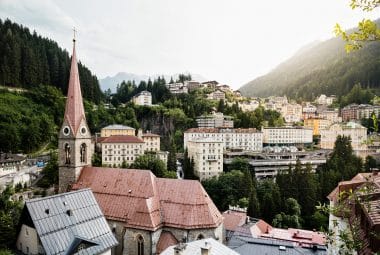
Creative workshops, jazz events, open studios and more – you can feel it in every corner – art is also at home in the Gastein Valley. Between time-honoured Belle Époque buildings, you can not only breathe in the fresh mountain air, but also enjoy Bad Gastein from its urban and modern side.
After all these impressions: In the winter months, we recommend a summit breakfast. On the Kreuzkogel, the people of Gastein take good taste to the extreme. This gourmet breakfast with a view promises pure enjoyment. In summer, breakfast at the Amoseralm attracts all early risers with traditional delicacies.
Yearning?
In the Austrian Gastein Valley, wellness takes place on the mountain, in nature and in the thermal water – for your holiday with health benefits in Salzburger Land.


